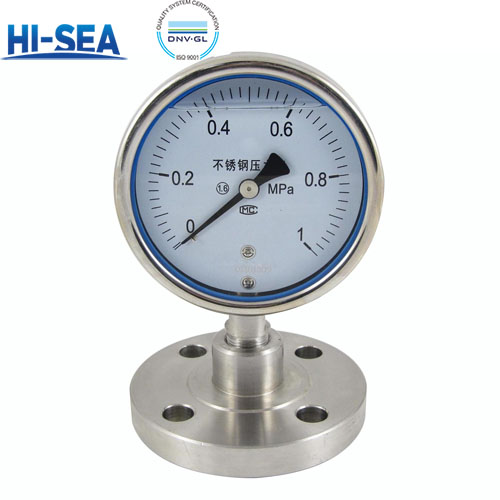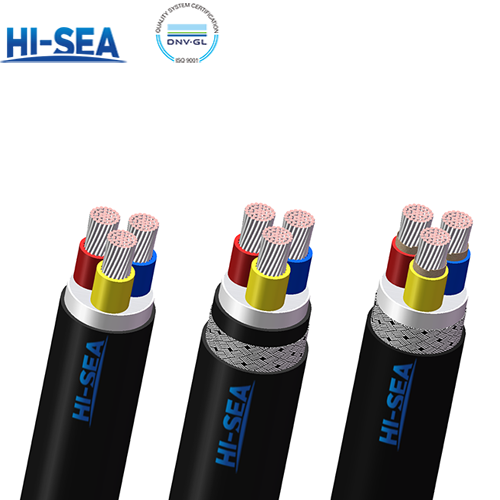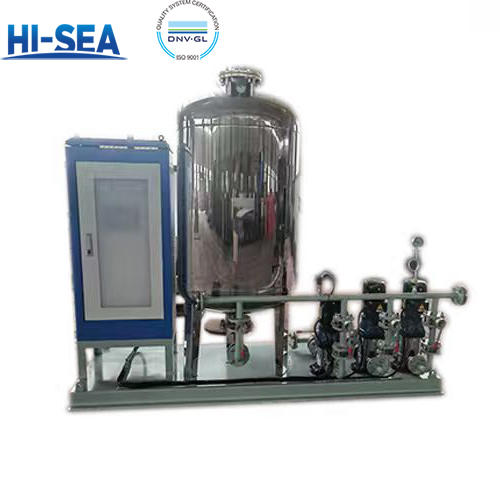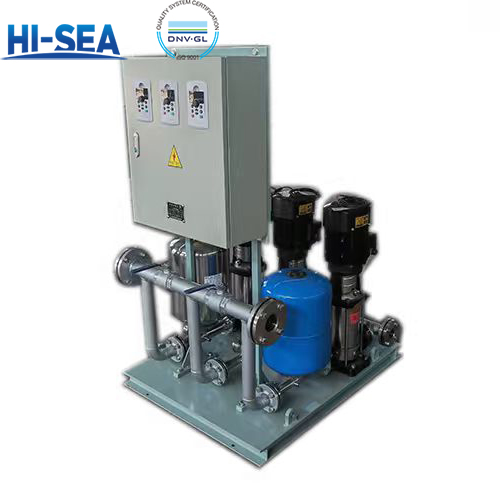
Pressure Gauge with Flange
Pressure Gauge with Flance
A Pressure Gauge with a Flange is a pressure measuring instrument where the connection to the process is made via a flange, instead of the more common threaded (e.g., NPT, G) connection.
• The Gauge: The instrument itself, which typically has a Bourdon tube, diaphragm, or other sensing element that translates pressure into a pointer movement on a dial.
• The Flange: A flat, typically circular disc or plate with holes for bolts or studs. It provides a robust, secure, and leak-proof method of mounting the gauge directly to a matching flange on a tank, pipeline, or vessel.
Overview
Why Use a Flange-Mounted Gauge? Key Advantages
Flange-mounted gauges are chosen for specific applications where threaded connections are unsuitable or problematic.
1. For Viscous, Slurry, or Clogging Media: This is the primary reason. In processes involving thick fluids, sludge, slurry, paste, or media that can crystallize (e.g., pulp, syrup, adhesives), a standard threaded connection is a major problem. The small port can easily clog, rendering the gauge useless. A flange connection, especially a flush diaphragm type, presents a smooth, open surface to the process, preventing material build-up.
2. Elimination of Clogged Impulse Lines: In many installations, a "snubber" or "impulse line" is used to connect a remote gauge to the process. These small-diameter tubes are prone to clogging with dirty or viscous media. A flange-mounted gauge installs directly at the measurement point, eliminating this failure point entirely.
3. High Vibration and Pulsation Resistance: The large surface area and multiple bolts of a flange connection provide a much more stable and rigid mounting than a threaded connection. This makes flange gauges highly resistant to the loosening effects of vibration and better at handling pressure pulsations (e.g., from pumps or compressors).
4. Higher Pressure Capabilities (in some cases): Large, properly rated flanges can handle very high pressures more safely than threaded connections, which can be prone to stripping or cracking under extreme stress.
5. Easier Installation and Maintenance: For large gauges (e.g., 6" / 150mm and above), bolting a flange is often easier and safer than trying to screw a heavy gauge into a port without causing damage or misalignment.





